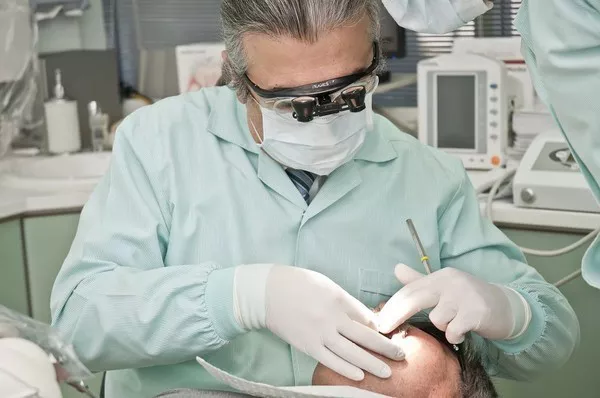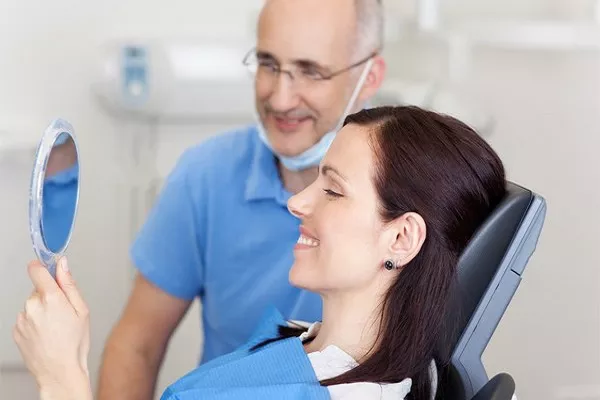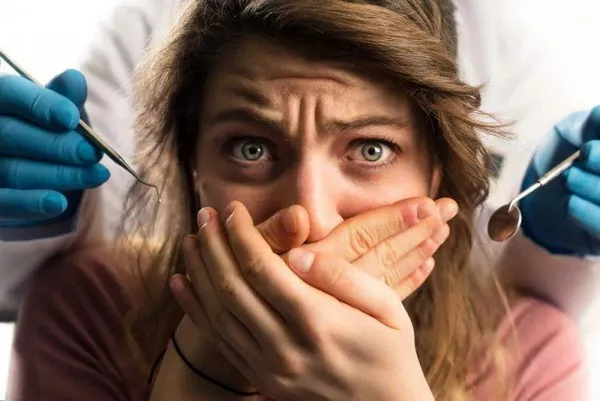After undergoing a tooth filling, adopting proper post-procedural care is crucial to ensure the longevity and success of the restoration. In this article, we explore the essential guidelines for what not to do after a tooth filling, providing insights into practices that can compromise the effectiveness of the filling and hinder the healing process.
1. Immediate Post-Filling Care: The Golden Hour
a. Avoid Eating Right Away: It’s advisable to refrain from eating until the anesthesia wears off completely. Accidentally biting the cheek or tongue due to numbness can result in discomfort.
b. Avoid Hot or Cold Foods: Sensitivity is common after a filling procedure. Avoid consuming hot or cold foods and beverages immediately after the procedure to minimize discomfort.
2. Eating and Drinking Guidelines: Mindful Consumption
a. Avoid Chewing on the Treated Side: Particularly in the first 24 hours, it’s recommended to avoid chewing on the side where the filling was placed. This precaution prevents unnecessary pressure on the restoration.
b. Temporarily Avoid Sticky or Hard Foods: Foods that are sticky or require excessive chewing, such as gum or hard candies, should be avoided initially to prevent damage to the filling.
3. Oral Hygiene Practices: Gentle Care is Key
a. Delay Brushing Right After: While maintaining oral hygiene is crucial, it’s advisable to delay brushing the filled tooth for a few hours after the procedure. This allows the filling to set and reduces the risk of disturbing it.
b. Choose a Soft Toothbrush: When you resume brushing, opt for a soft-bristled toothbrush to avoid unnecessary pressure on the filled tooth. Gentle brushing is essential to prevent irritation.
4. Smoking and Tobacco Use: A Temporary Pause
a. Avoid Smoking: Smoking can impede the healing process and may contribute to complications. It’s recommended to refrain from smoking for at least 24 hours after a filling procedure.
b. Minimize Tobacco Use: If possible, minimizing tobacco use during the initial recovery period supports optimal healing and reduces the risk of complications.
5. Managing Discomfort: Over-the-Counter Pain Relief
a. Over-the-Counter Pain Relievers: If you experience mild discomfort or sensitivity, over-the-counter pain relievers, as recommended by your dentist, can help manage these symptoms.
b. Avoid Self-Medication: While over-the-counter pain relievers are generally safe, it’s crucial to follow the recommended dosage and consult with your dentist before using any additional medications.
6. Follow-Up Appointments: Honor Your Scheduled Visits
a. Attend Post-Procedure Appointments: Scheduled follow-up appointments with your dentist are essential. These visits allow the dentist to assess the healing process, make any necessary adjustments, and ensure the filling is functioning as intended.
b. Communicate Any Issues: If you experience persistent discomfort, changes in bite, or any other concerns, communicate with your dentist promptly. Timely communication allows for prompt intervention and resolution of potential issues.
Conclusion: A Commitment to Long-Term Oral Health
The period following a tooth filling is crucial for ensuring the success of the restoration and maintaining optimal oral health. By adhering to the guidelines of what not to do after a tooth filling, individuals contribute to the longevity of the restoration and minimize the risk of complications.
Remember, the commitment to post-filling care is a partnership between the individual and their dental care team. Open communication, adherence to guidelines, and a proactive approach to oral health collectively pave the way for a healthy, restored smile that stands the test of time.
What Is The Process Of Filling A Tooth
Is Tooth Filling Procedure Painful






























